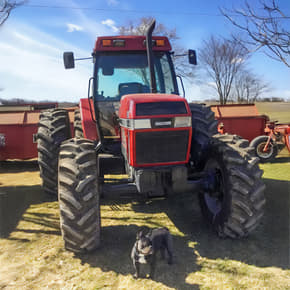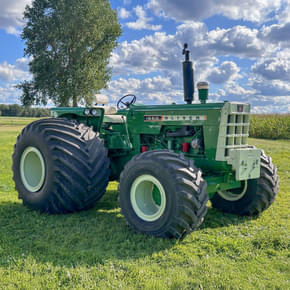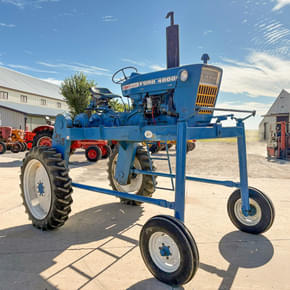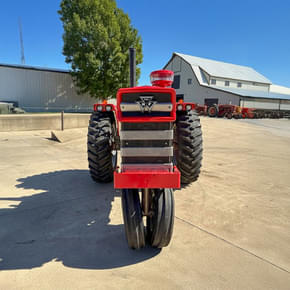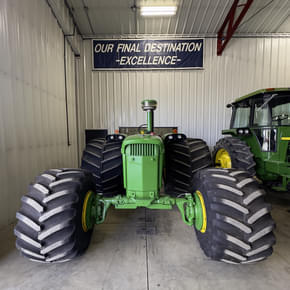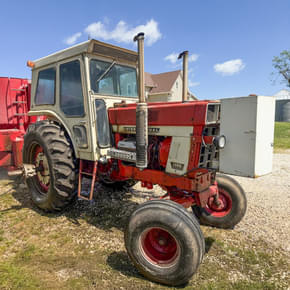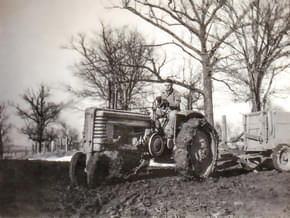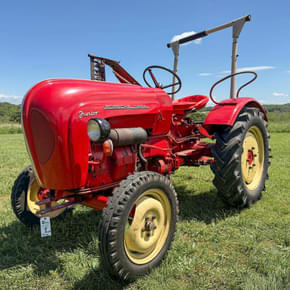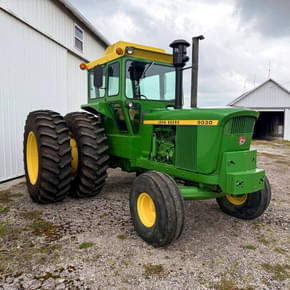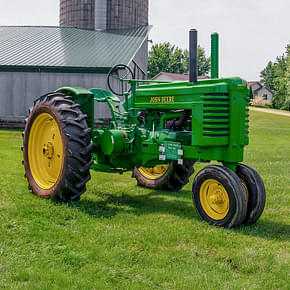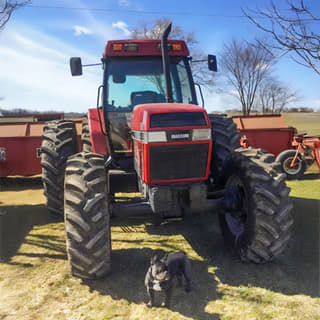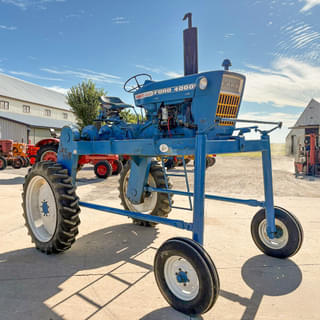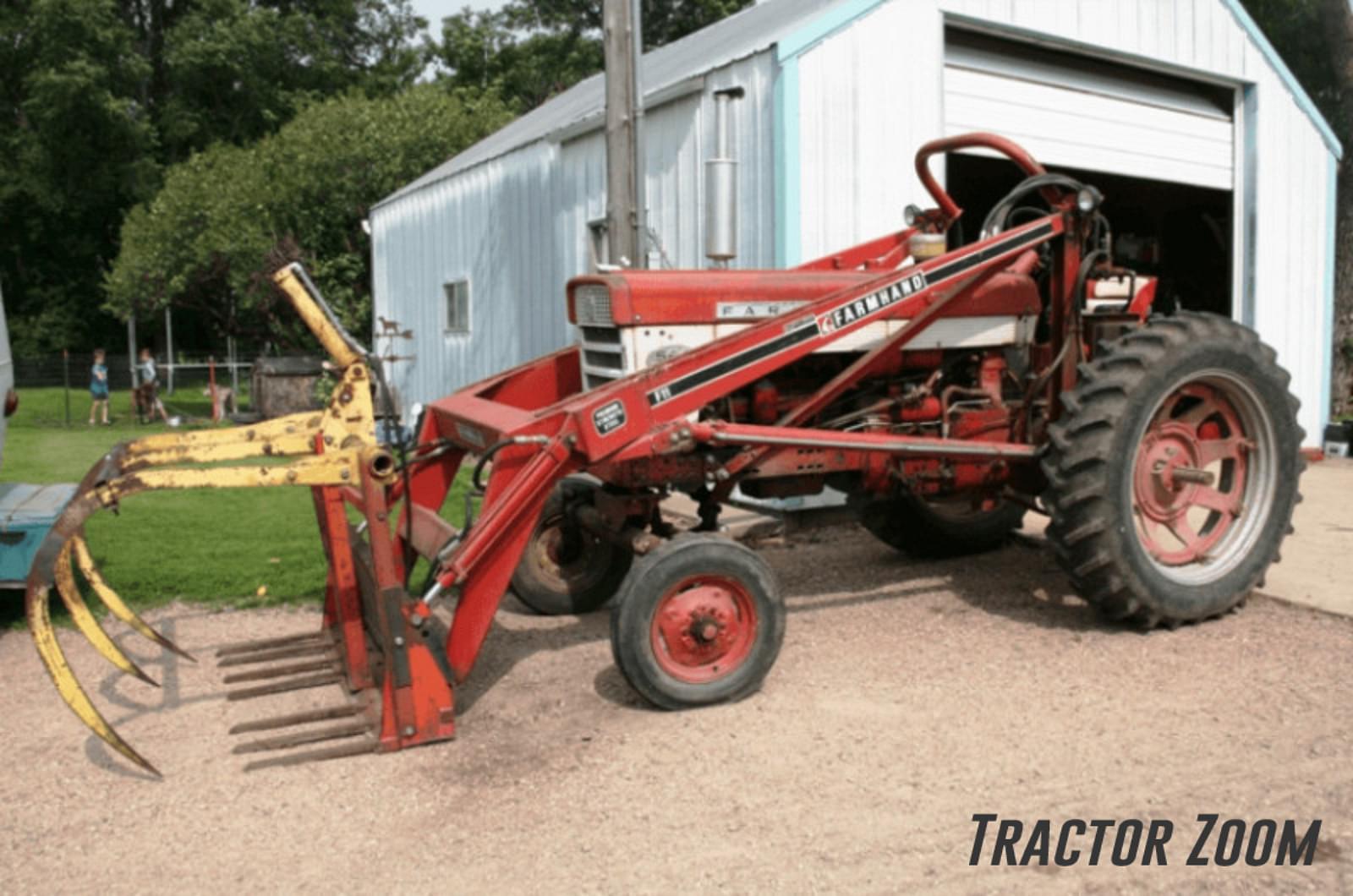
Buying a used tractor can be a great way to add to your farm fleet, and you might be able to find a good deal at an auction. Depending on the age of the tractor, there are a few things you should take a look at in order to get a good idea of what kind of shape the tractor is in. If you do need another tractor then Tractor Zoom is an option.
What to Look for in a Used Tractor
What you look for in assessing a used tractor will depend on its age. Older tractors will be limited to pulling something like a mower hooked to the drawbar and using the PTO (power take off). A newer tractor will have a more advanced system. Look for live PTO, live hydraulics, one or more hydraulic outlets, power steering (if you want to use a front-end loader), and a standard three point hitch. Live PTO and live hydraulics means that they are not affected by the transmission clutch, so that you can operate them regardless of the clutch being in or not. Hydraulics allows you to raise and lower implements, and having a three-point hitch allows you to hook up a variety of attachments
Repair History
A good place to start when inspecting a used tractor is getting as much information about the its repair history and performance as you can. Wear and tear should be in line with the number of hours reported on the tractor. Look at the pedals and the carpet around the pedals, as well as the tires for wearing.
Does it Start?
Check that the tractor starts easily on a cold engine, and runs well when it’s hot (after 30 minutes of it running). Immediately after running the engine you should look for oil and antifreeze leaks. Check for other leaking fluids, such as seepage from the head gasket and streaks of oil that may indicate a defective shaft seal. Caked dirt around the joints or fittings can suggest other leaks.
Test the Hydraulics
When testing hydraulics, check the full range of the rams by extending them while supporting a load. Keep the load in a holding position to check that there are no leaks. If there are chattering noises coming from the pump when lifting the load, it could indicate that the pump is getting insufficient flow of hydraulic fluid. If run this way for long periods of time, the pump wil have experienced excessive wear and could be ready to fail.
Inspect the O-Rings
While under the hood, check the O-rings on the crankshaft. When starting up a diesel, black smoke is okay. If you see blue smoke, it can indicate that the engine is burning oil. You should also listen for taps or clunking noises from the engine. Deep thunks from the bottom or middle of the engine could indicate serious and expensive repairs. Look for foam or water in the oil, as well as bubbles in the radiator.
Paint Coat
If a machine has a fresh coat of paint, take a closer look at exterior for structural cracks and dents. If there are many dents, it could suggest the machine wasn’t taken very good care of. Look at the seals and rubbers around the engine, cab, etc. If they’re replaced, it could be representative of there being previous fire damage and needing to be replaced.
Test Drive
If possible, take the tractor for a test drive to check the steering, gears and brakes.Take note of any gear slippage or chattering, and make sure the tires are operating as they should when steering. If the tractor has them, be sure to test that the PTO system, air conditioning, and heat is working.
When your at it, be sure to check all fittings, bearings, fluids and filters. Remove the oil pan to check for sludge or metal flakes. You should also conduct a pressure test on the hydraulics system. Inspect the gears by opening the transmission cover, and look for chips.
Buying a used tractor will always have its surprises, but can be a rewarding purchase when you’re well aware of what you’re getting.
Compared to cars, tractors have long useful lives. 20 year old models are considered relatively new.

